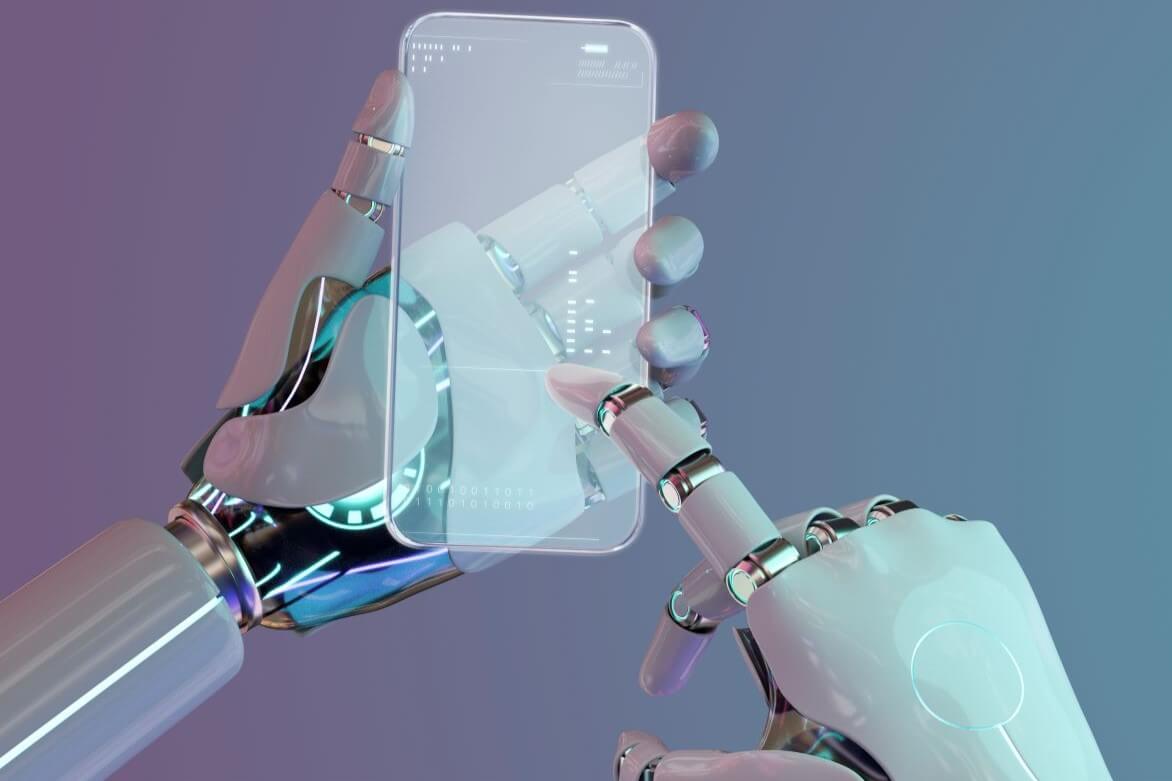
Many businesses are viewing AI as a superstar employee who can do everything faster and smarter – from automated customer service bots to complex fraud detection. Businesses love this because it means they can do more in less time. But in the rush to get these super-smart solutions out the door, the human side of things can get a bit overlooked. Ever wondered why the gadgets and apps we use sometimes feel like they're speaking an alien language? This blog explores why User Experience (UX) is frequently overlooked when it comes to AI and what happens when it takes a backseat.
Why UX is Overlooked in AI Development?
One of the primary reasons for the neglect of UX in the world of AI is the complexity of these systems. Developing AI algorithms requires a deep understanding of data and programming. Consequently, developers and engineers may prioritise functionality over user-centric design, overlooking that user interfaces should be intuitive and accessible from the outset. It's like getting a super advanced, high-tech coffee machine that requires an engineering degree to operate. Sure, it makes great coffee (when you finally figure it out), but wouldn't it be nicer if it just... worked? When development cycles prioritise speed over user friendliness, we risk alienating the very people we aim to serve. It’s about finding that sweet spot where innovation meets intuition, ensuring that advancements in AI don’t just impress in theory but also delight in practice.
Ethical and Biases within AI
Let's pivot to a slightly more serious topic around ethical considerations and biases. AI algorithms are only as unbiased as the data on which they are trained. Imagine if your smart TV suggested shows based only on the previous owner's preferences. You're stuck watching endless reruns of "The Great British Bake Off" when you're more of a "Fast & Furious" fan. This scenario underscores how AI, when trained on biased or limited data, can make skewed decisions. A real-life example of this in practice is Amazon's attempt to automate hiring with an AI recruiting engine, which favoured male candidates due to gender biases in the training data. The project, discontinued in 2019, underscores the challenges and limitations of AI in recruitment, highlighting the need for more inclusive and ethical approaches in AI development.
The world of AI ethics is vast and complex, but at its heart is a simple principle: fairness. When AI systems are fed historical data without context or oversight, they can perpetuate existing biases.
What Happens When UX and AI Work Together?
By incorporating UX into the development cycle of AI systems, the success of these products can be significantly increased. Here are just some of the benefits
Higher Adoption Rates
When AI systems are designed with the end user in mind, they are more likely to meet users' needs and be intuitive. This design focus makes these systems easier for users to adopt, which is crucial for the success of technology in competitive markets.
Better Accessibility
Considering users throughout the design phase ensures AI systems are accessible to people with varying physical abilities, age groups, and levels of tech-savviness. Not only does this improve inclusivity, but it also ensures compliance with accessibility standards.
Enhanced Trust and Reliability
Designing clear and user-friendly interfaces increases the likelihood that users will trust the system and find it reliable. Consistent performance and transparent explanations of how the system works can further build user trust.
How to integrate UX in AI Development
Bridging the gap between AI's capabilities and UX's human-centric approach might seem like a tall order, but it's both necessary and achievable. It starts with empathy – designing AI solutions that not only solve problems but also enhance everyday experiences. This means diving deep into user research, understanding the nuances of human behaviour, and iterating designs based on real feedback, not just theoretical use cases.
Collaboration is the key. When AI engineers and UX designers work together from the get-go, magic happens. By advocating for inclusive design principles, ethical data usage, and transparent AI decision-making processes, UX professionals can ensure AI user trust and contribute to safer and higher adoption of AI technologies. This partnership ensures that AI solutions are not only technologically advanced but also resonate on a human level.
Case Study
Fancy seeing what happens when UX joins up with AI? We had the ambitious task to combine the prowess of AI with Speechy’s expertise to help folks craft unique wedding speeches. You can’t get more human and personal than writing a wedding speech. Steering clear of clichés and keeping it original was the end goal. From idea to Beta, we rolled it out in just six months. Discover more about this project at Digital Wonderlab - SpeechyAI Case Study.
Final note
As we cruise into the future with AI as our co-pilot, let’s not forget about the passengers – all of us. It's not just about making things smarter, but also more intuitive, more inclusive, and frankly, more human. By weaving UX into the fabric of AI development from the start, we’re not just creating technology for today; we’re shaping a user-first digital world that feels like home. After all, in this new era of technological advancement, the most revolutionary thing we can do is ensure our innovations truly understand and enrich the human experience. Let's make sure the future of AI is not just smart, but also kind, thoughtful, and inclusive. Welcome to the age of AI, where the human experience shines brightest.












